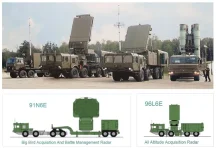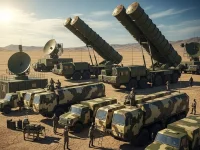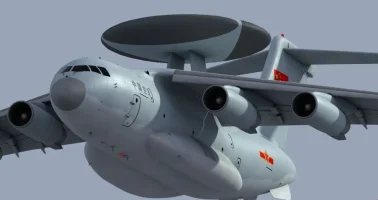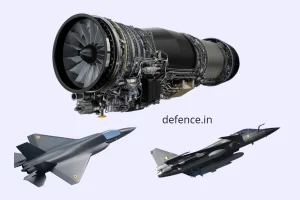- Views: 576
- Replies: 1
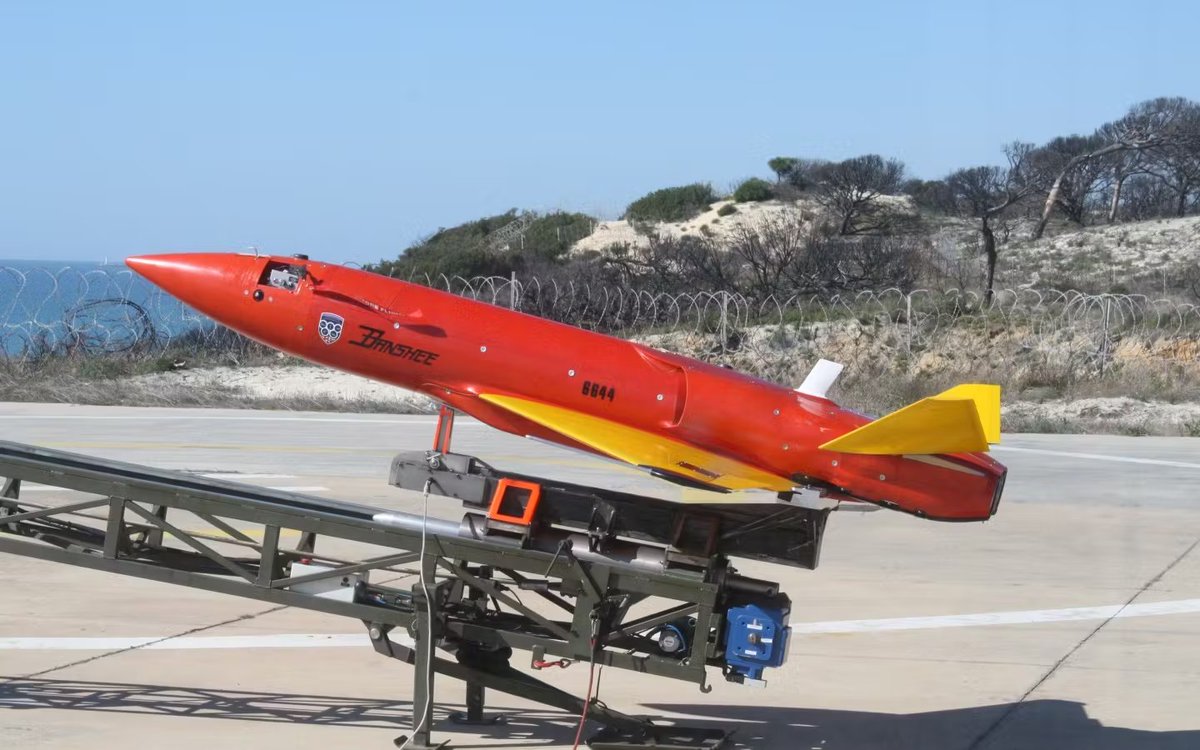
At the heart of India's air defense strategy lies a crucial element: jet-powered target drones. These unmanned aircraft play a pivotal role in simulating real-world missile attacks during training exercises, allowing pilots and air defense crews to practice their skills in a controlled environment.
However, India's current lineup of drones is showing its age, prompting a scramble for more advanced solutions.
The Old Guard and Its Limitations
Historically, India leaned on the British defence firm QinetiQ for high-speed target drones. While these drones have been workhorses, they're not without their shortcomings.India has also developed its own drones like the Banshee Jet 40, Lakshya-2, and Abhyas, a commendable stride towards self-reliance. However, these homegrown drones struggle to match the blazing speed and agility of today's missiles, particularly older sea-skimming anti-ship missiles (AShMs) and newer, even faster threats.
The Stealth Challenge
The situation gets even trickier with the advent of Very Low Observable (VLO) technology, used in cutting-edge aircraft and cruise missilesIndia currently lacks target drones with a Reduced Radar Cross Section (RCS) design to realistically simulate these stealthy threats, leaving a critical gap in training capabilities.
India's Response: The SWIFT Program and Beyond
Recognizing the need for a change, the Indian Ministry of Defence (MoD) and DRDO (Defence Research and Development Organisation) are taking action. The Supersonic Weapons Imitating Flying Target (SWIFT) program is a prime example, aiming to acquire faster, more maneuverable, and potentially stealthier drones.To truly replicate modern VLO threats, India needs highly maneuverable drones with a reduced radar signature. The fastest route might be purchasing or licensing the production of QinetiQ's Banshee NG. Boasting a speed of 900 km/h and the ability to withstand 9Gs, it closely mirrors the capabilities of current VLO subsonic AShMs.
The Road Ahead
India's journey towards self-reliance in jet-powered target drones is far from over. While the current generation has its limitations, initiatives like the SWIFT program and the potential acquisition of the Banshee NG show a clear commitment to bridge the gap. This emphasis on advanced target drones will ensure India's air defense forces are prepared to face the ever-changing threats of the future.In conclusion, The pursuit of high-speed target drones is a crucial, ongoing endeavor for India. It's a balancing act between homegrown development and strategic acquisitions, all aimed at ensuring the nation's skies remain secure.


